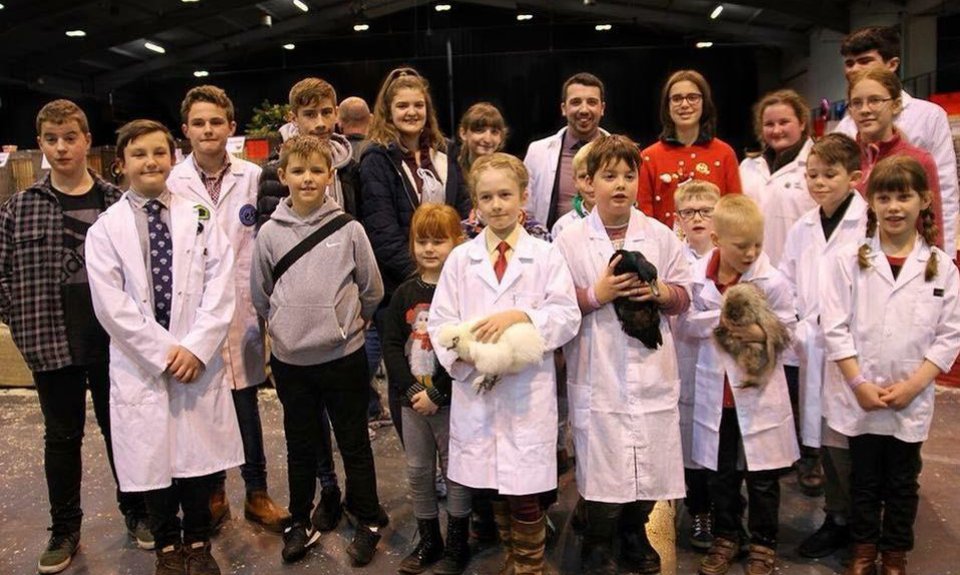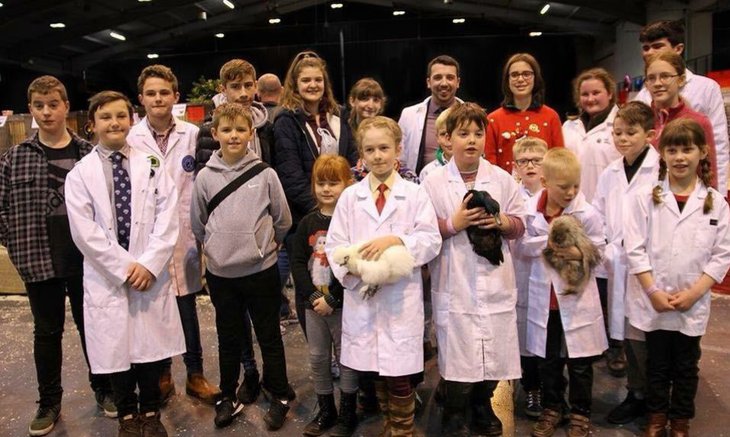Promoting the junior members has and will continue to be a priority of the Poultry Club of Great Britain. It is these members who are the next generation of hobbyists; to protect, develop and continue the pure breeds of poultry into the future.
Most clubs now have a keen group of juniors who care for their own birds and prepare them for show. Juniors have plenty to aim for at shows across the country: Championship and Regional PCGB show awards, special trophies at the National and they can even take junior individual breed judging tests to gain a judges’ panel certificate.
Several societies, too, have introduced a 'talk with the judge' for the juniors showing in the Juvenile class. This takes many forms but there is no doubting the value of the dialogue and the sense of occasion it provides. The judge can pass on some of his knowledge while the juniors get a chance to display theirs.
At the National Show the class is described as a 'Junior Handler'. The Junior Handler classes are where the young fanciers have the opportunity to show the judge their knowledge of the bird, handling skills and discuss their show preparation. The juniors are required to take the exhibits out of the pens and demonstrate their handling of the birds. The junior is prompted to talk about the breed and how they looked after them - see safeguarding policy. Parents need to be present while the children are undertaking a junior handler class.
As all poultry standards are based on 100 points, this is a good place to begin.
Traditionally, what is judged is the bird in the pen so that must figure in the eventual result. After all, the aim of showing is breed excellence and improvement. Was the bird the child's and how much involvement did they have in the care and breeding? This would be apparent by such questions as: 'What do you feed your bird? How did you get it ready for show?’ or ‘How do you know your bird is in lay?'
Questions, too, could be asked to find out the level of knowledge that the junior had about the breed points. Putting the child at ease and including the questions by way of conversation is a good way of obtaining the required information. It can be surprising the level of knowledge shown by some of our young fanciers.
An important aspect of showing is the preparation. If the bird on show is washed, has clean nails, does not have an overgrown beak, is clean in leg and does not carry parasites then the young exhibitor deserves credit. One can find out if they did the preparation themselves through a previous question about their involvement.
Finally, comes handling. How do they handle the bird? Are they confident? Can they remove the bird from the pen carefully? Can they hold the bird and examine it?
All of these factors are taking into account by the judge. The age of the child will also be a significant factor, which is why the PCGB National show now has two age categories for Junior Handler classes.
These are the judging guidelines:
|
Quality of bird |
20 points |
|
Involvement of exhibitor |
20 points |
|
Knowledge of the breed |
20 points |
|
Show preparation |
20 points |
|
Handling |
20 points |
|
Total |
100 points |





